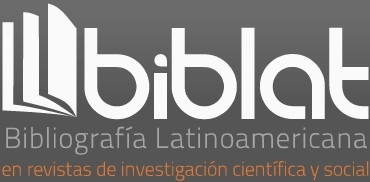Roots of Narrativity: Pregnancies, Stereotypes and Ghosts
DOI:
https://doi.org/10.35494/topsem.2004.1.11.312Abstract
Starting from what privileged cognitive content and dynamic model can we reach the formation of the structures and their continuous development? We will look for this “original point” in one of the favorite fields of semio-linguistic theory: the narrative relationships targeting objects instead of subjects. We will try to show that the intentionality that standardizes the narrative programs of the execution of values by subjects semiotically defined is limited by the catastrophic schematism and the “pregnantial” dynamisms that convert it. Our answer follows in accordance with the postulate that now governs some structural sciences, be they natural sciences or not. In the presentation of the epistemological diagram that accompanies reflection, we will remember the principles that have constituted the formal “price to pay” so that the theories of signification establish their autonomy. We will evoke the sophistic drifting that weighs over the category of “signifier” which is key Freudian theory and its Lacanian version.
Above all, we will take into account the innovating “tools” —dynamic models of morphological organization and structuring— that, in such varied fields as narrative and plastic semiotics, myth and stereotype theory, psycho-semiotics the cognitive approaches of language and perception have modified the horizons of structuralism. Two discursive formations illustrating these questions, the “anthropological stereotypes” and ghosts will serve as final illustrations.
Downloads
Downloads
Published
How to Cite
Issue
Section
License

Tópicos del Seminario is licensed under a Creative Commons Reconocimiento-NoComercial-CompartirIgual 4.0 Internacional License.














